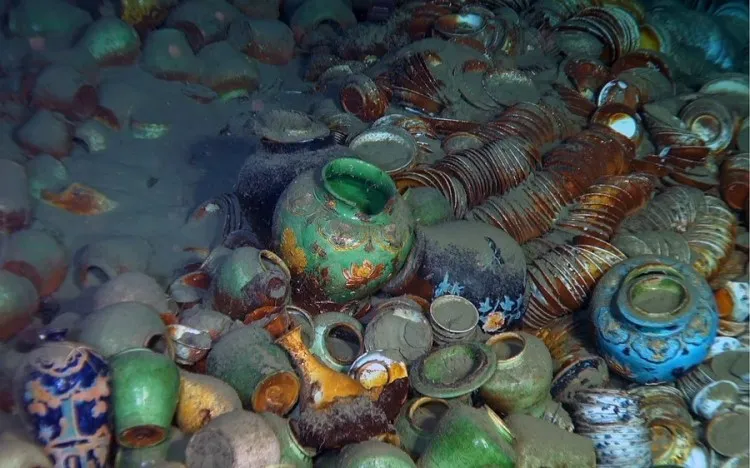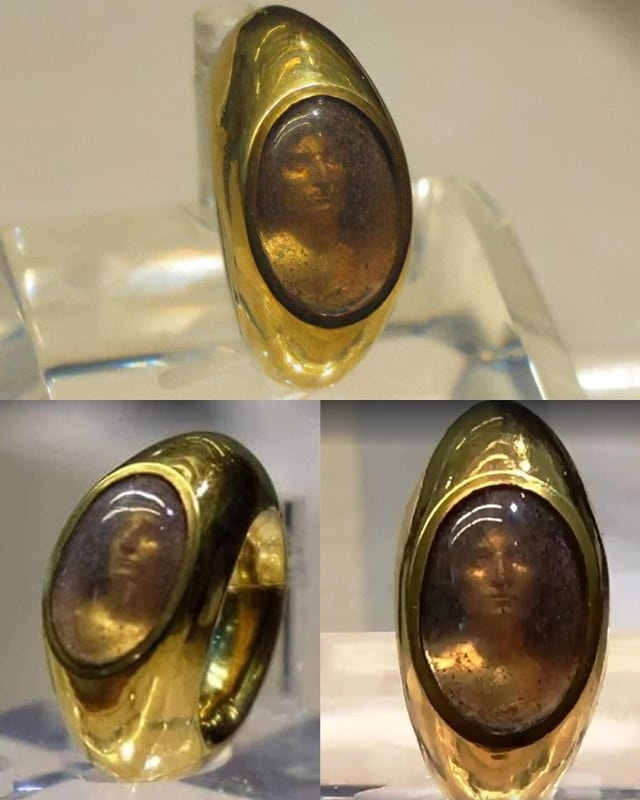The Nile River, central to Egypt's survival, fluctuated annually, bringing both prosperity and potential disaster. To navigate these fluctuations, ancient Egyptians developed the nilometer, a sophisticated tool for measuring the Nile's water levels, essential for predicting floods and planning agricultural activities.
Historical Significance
The nilometer was critical for forecasting the annual inundation, determining the extent of arable land and ensuring food security. Its accuracy in predicting the river’s behavior made it a crucial instrument for both agriculture and administration.
Design and Function
Nilometers came in various forms, from simple, marked columns and staircases to more intricate structures involving channels leading to wells or tanks. The primary purpose was to measure the water's rise, providing data to predict the flood's impact.
Column Nilometers: These featured marked columns or pillars submerged in the river, with measurements etched to indicate water levels. As the water rose, officials could read the marks and anticipate the flood's extent.
Staircase Nilometers: Built as a series of steps descending into the river, each step represented a specific water level. The highest submerged step indicated the peak flood level, allowing for precise predictions.
Well and Tank Nilometers: More advanced designs included channels that directed water into wells or tanks, where the levels could be easily monitored away from the main river’s flow. These allowed for safer and more accurate measurements, especially during high floods.
Locations and Legacy
Prominent nilometers were located in key locations such as Aswan, Cairo, and Edfu, each serving local and broader regional needs. These tools continued to be used for centuries, providing essential data for agricultural planning, until the construction of the Aswan High Dam in the 20th century rendered them obsolete.
The nilometer's impact extended beyond practical use; it also held symbolic significance, representing the link between the divine and the earthly. Priests often managed the nilometers, interpreting the measurements as signs from the gods.
Conclusion
The nilometer stands as a testament to the ingenuity of ancient Egyptian civilization. It highlights their sophisticated approach to managing natural resources and underscores the importance of the Nile in shaping the region’s history. By accurately predicting floods, the nilometer played a crucial role in ensuring the prosperity and stability of ancient Egypt, demonstrating the enduring legacy of this remarkable innovation.





























































